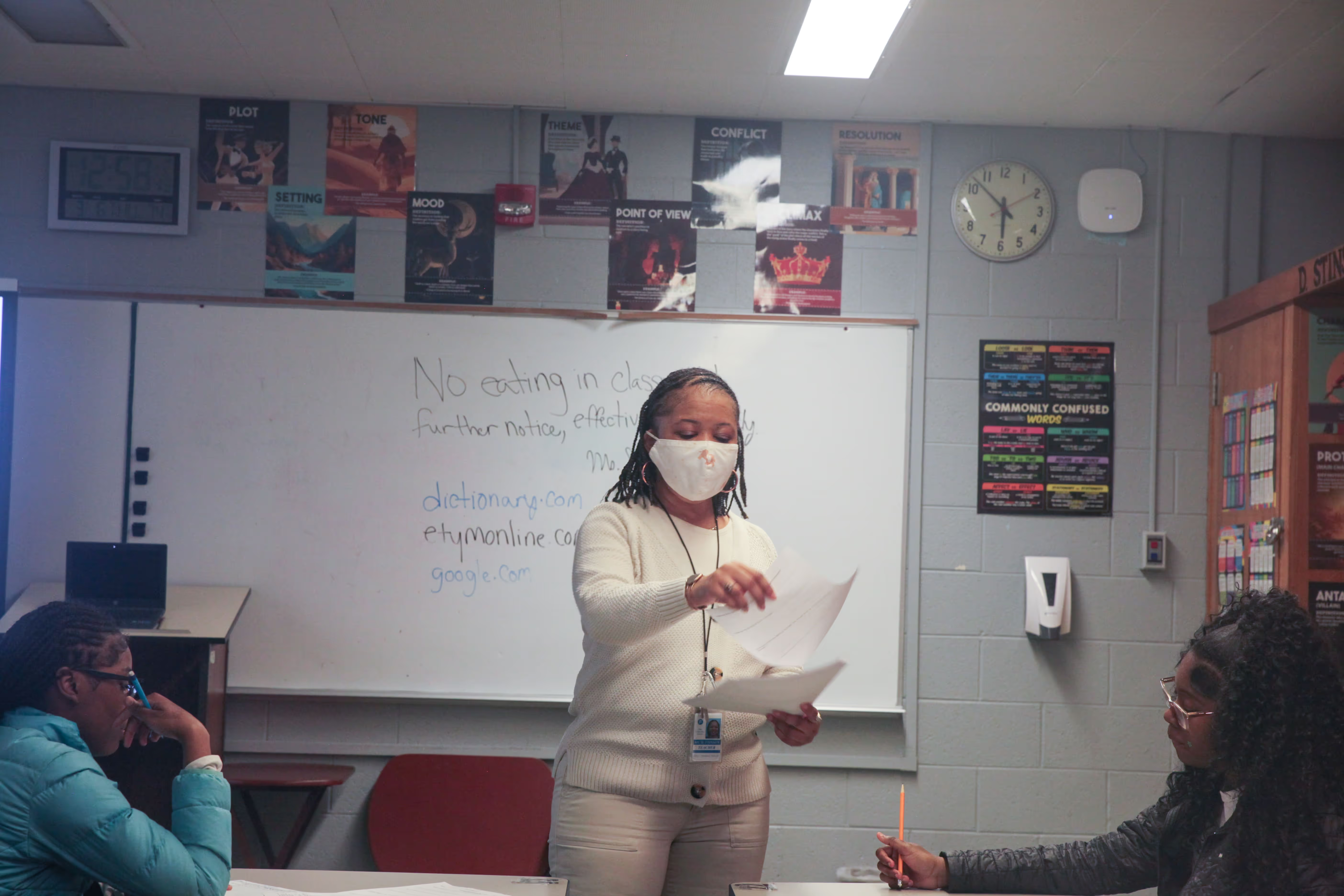Steph Conquest-Ware: At the start of the class period, most seats stayed vacant. Every 10 minutes, students trickled in with small, bright pink tardy slips from the administration office.
